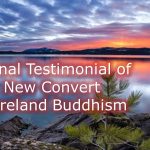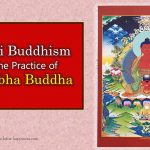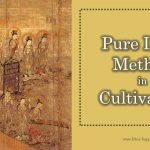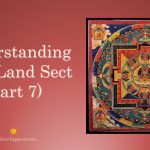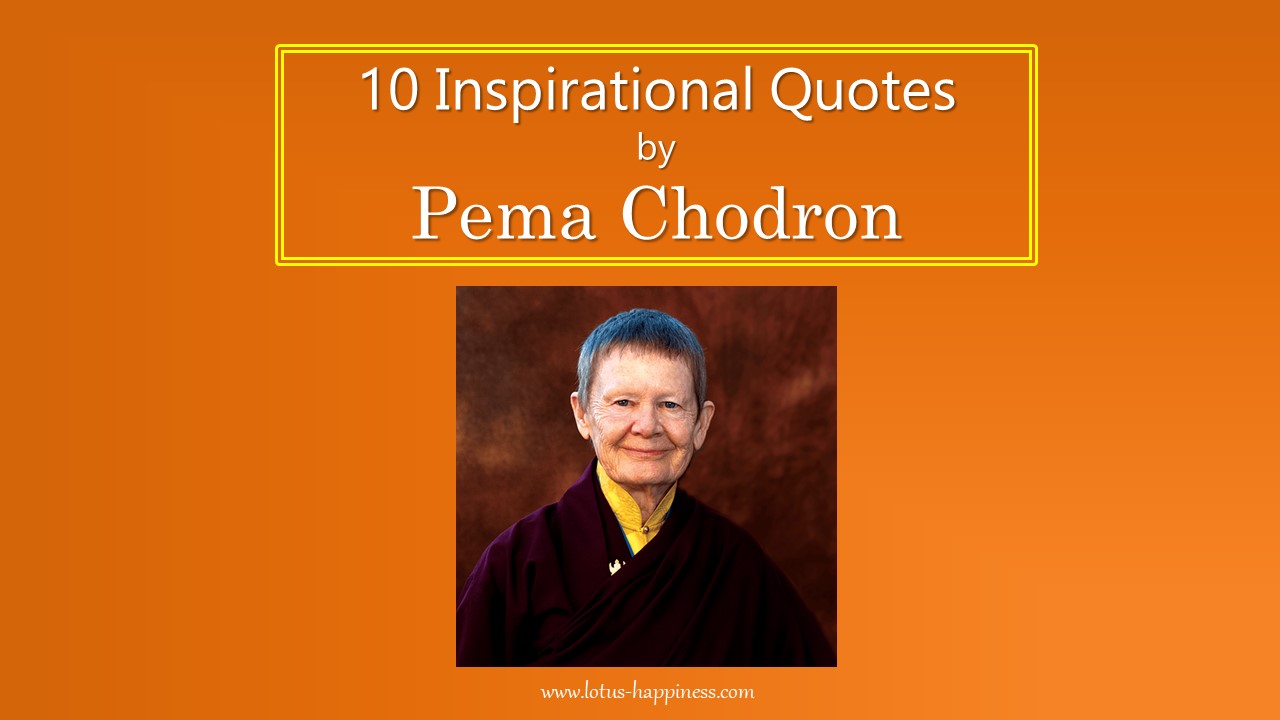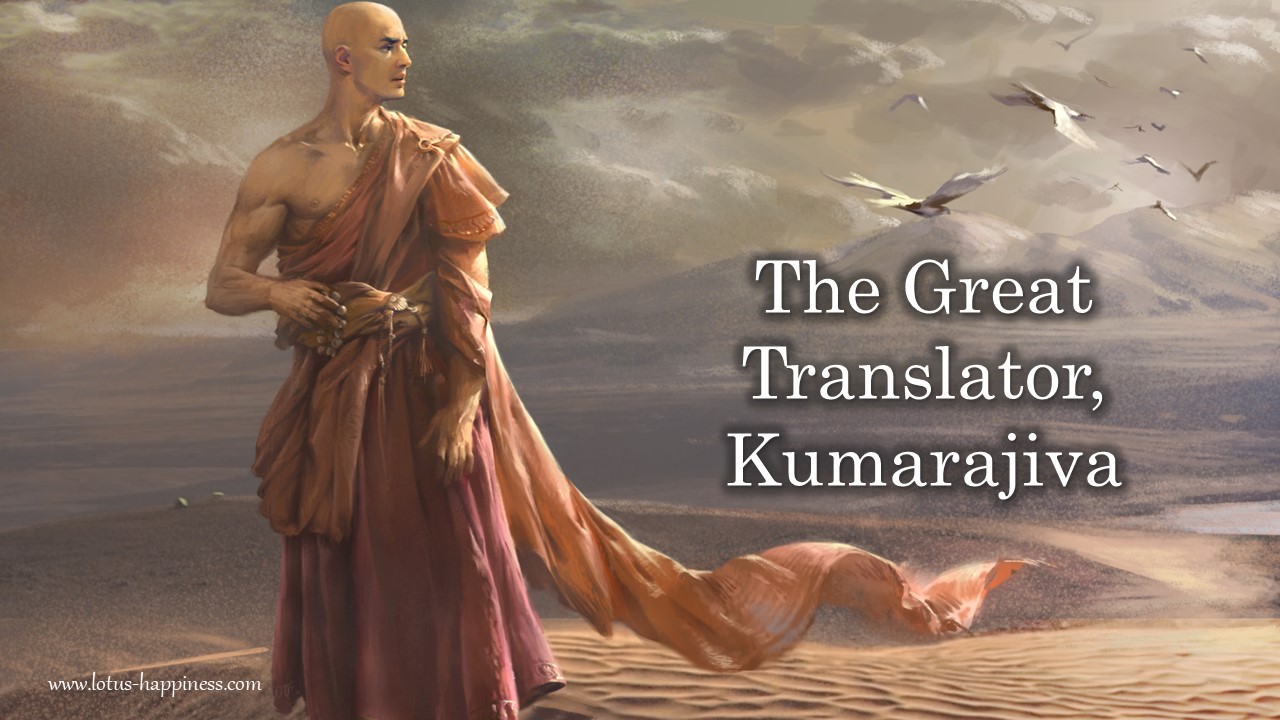
Understanding Pure Land Sect (Part 4)
The Basic Goal of Pure Land Buddhism
If one seeks to learn and understand Buddha Dharma, one may follow the customary approach to practice the Three Studies, namely, disciplines or percepts, meditation and wisdom. One is expected to relinquish delusory thought patterns otherwise one cannot leave this Saha world and continue the reincarnation within the Six Paths in Three Realms. However, the Pure Land sect advocates the view that relinquishing delusions and acquiring wisdom are not necessary prerequisites for liberation from the Three Realms. Pure Land Buddhism is a direct and easy practice leading to the rebirth in the Amitabha’s Pure Land, where their root of birth and death will be broken off forever.
In view of Dharma-ending age and the deteriorating spiritual quality in the world, it is one’s sincere conviction that one is almost impossible to become Buddha in one’s present lifetime. One may take very long time, say Three Great Asankhyeya in Buddhist term, to eradicate one’s evil Karma and to relinquish one’s delusory thoughts, provided that no more will be produced again in the future. Concentrating on practice according to Pure Land teachings and surrendering to the Amitabha Buddha’s compassion leads to rebirth in his Pure Land.
The fundamental purpose of Pure Land is to achieve rebirth in Pure Land, which simply means salvation, the most crucial matter after death. It is important to note that the rebirth in Pure Land does not mean the attainment of Buddhahood normally sought by the Buddhist devotees. However, in Pure Lands, particularly the Sukhavati, the environment is more auspicious and the conditions are more favorable for the practitioners to attain Buddhahood in one’s lifetime without reincarnation in the cycle of birth and death. Many other peculiar and unique features of Pure Land teachings will be elaborated later.
Faith in Pure Land Buddhism
In customary approach, faith is of utmost importance in learning and studying Buddhism. It is perfectly and completely illustrated by the first sentence of hymn of faith in Avatamsaka Sutra, ‘Faith is the source of the Path or Way. Faith is the mother of merit and virtue.‘
Faith, as in all other religions, plays an important role in Buddhism. It is one of the virtues of a Buddhist practitioner, who formulates a reasoned faith, rather than blind faith, by observing and experiencing the positive results of one’s practices. Eventually, one transcends the need of faith when one gains direct experience of things previously assumed. For an ordinary Buddhist practitioner, faith is developed with intellectual reasoning. As Nagarjuna said, “One relies on the practices through faith. One truly knows through wisdom”. Thus, faith is generally taken as a means, rather than a goal by itself in Buddhism.
However, Pure Land Buddhism is based on faith in the compassionate vows of Amitabha Buddha, who has inconceivable power to save all sentient beings of different capacities from the worlds of suffering to his Pure Land – Sukhavati, by rebirth. It is based on the 18th vow, which stated that “if those beings who have directed their thought towards the highest perfect knowledge in other worlds, and who, after having heard my name, when I have obtained Bodhi , have meditated on me with serene thoughts; if at the moment of their death, after having approached them, surrounded by an assembly of Bhikkhus, I should not stand before them, worshipped by them, that is, so that their thoughts should not be troubled, then may I not obtain the highest perfect knowledge.”
Pure Land Buddhism is a religion of faith in Amitabha Buddha. Faith is the first of the Three Essentials or Three Sambhara that are the pre-requisites or conditions of the rebirth in Pure Land. Though Pure Land Buddhism is said to be the ‘easy path’, it is sometimes difficult, just because people find it difficult to believe that it is so easy — “too good to be true!”
The topic on faith will be discussed in details later under the section of “Three Sambhara” .
Easy Practice towards Buddhahood
In the Dharma-ending age, it may be difficult and take very long time to uphold Buddhist disciplines, to practice morality, meditate in order to calm and purify one’s the mind, and gain wisdom to break off from ignorance. However, Pure Land Buddhism is an easy path, in terms of both the goal and the method of cultivation.
The former refers to the goal of the rebirth in Sukhavati as a stepping-stone towards Buddhahood. One can be allowed to have afflictions, defilements and ignorance in entering the gate of Pure Land Buddhism. Moreover, once born in Pure Land, there is no setback in the course of cultivation. The attainment of Buddhahood can be completed in one life under the vow power of Amitabha Buddha.
The latter refers to the simple practice, such as invoking the name of Amitabha Buddha in any time at any place. It does not require any technique and guidance in cultivation, such as meditations that are considered necessary for attainment of Buddhahood in Mahayana Buddhism.
It is difficult to rid oneself of the defiled mind characteristic of sentient beings. For instance, practicing Chan and meditating on a Hua-tou are effective methods for attaining enlightenment. Unfortunately, very few people nowadays practice diligently enough. It is because they have shallow roots and cannot concentrate in practice. Furthermore, without a good teacher to direct and guide them, they are easily led astray.
The doctrines of Pure Land Buddhism are simple, can be easily understood and practiced by ordinary people. It is a reliable shortcut to cultivating practice: it’s just reciting ‘Amitabha Buddha’. There is no need to worry whether one’s basic nature is dull or sharp. The crucial point is that it does not just rely on our own power, but also the power of Amitabha Buddha, who made the vows to facilitate all beings in his Pure Land to attain liberation, enlightenment and Buddhahood.
Self-power and Other-power
Furthermore, Master Tan Luan distinguished between the ‘difficult’ and ‘easy’ paths to awakening. Given that the human condition is hindered by ignorance and defilements, practiced based just on one’s own effort is regarded to be ‘difficult’. This is particularly relevant in the Dharma-ending age. On the other hand, practice becomes the easy path if it is based on one’s recognition and acceptance of the power of Amitabha Buddha and one’s desire to be reborn in the Pure Land.
Thus, the practice in Pure Land Buddhism does not entirely rely on ‘self-power’, or ‘self-effort’, or Jiriki in Japanese, as many other sects emphasize, but also rely largely upon ‘other-power’, or ‘other-effort, or Tariki in Japanese, exerted by the actions of Amitabha Buddha. Thus, allowing oneself to be transformed, one can attain Buddhahood much more easily and more quickly.
The Dharma of recitation of the Buddha’s name accommodates those practicing the path of self-reliance, eradicating delusion, and attaining truth by bringing the cyclic pattern of birth and death to a halt. Because the teaching of the recitation of the Buddha’s name brings the power of Buddha to the practitioner, anyone who has eradicated delusion can attain Buddhahood quickly. Those who have not broken off delusion can likewise be reborn in Pure Land, burdened with Karma as they may be. Pure Land practice has benefited multitudes because it is so easy; yet fully enlightened Bodhisattvas can obtain advantage from it as well.
These reasons should make the practice attractive, because it is conducive to great results with small effort and because, though easy, the practice may lead to the highest attainment.
Reborn with Karma
Rebirth with Karma is one of the peculiar concepts in Pure Land Buddhism. According to the Pure Land teaching, it is convicted that we human beings are not able to become Buddha in this world at present, and there is neither the evidence of evil Karma being eradicated, nor the assurance that it will not be produced again in the future. However, when practicing according to Pure Land teachings, one’s evil Karma can be dissolved by reciting the Buddha’s name wholeheartedly and singlemindedly. It can also be carried forward when one is reborn in Sukhavati. It is quite unusual, as every cause must come in effect when the conditions are ready to come, according to the Principle of Cause and Effect. None can change this principle.
However, it is possible in Pure Land Buddhism because of two reasons. One is because of the will power exercised by Amitabha Buddha. Imagine we are some nails, which will fall down in the sea (of suffering). However, if the iron nails are placed on a boat (just like Amitabha Buddha), they are protected from falling into the sea. The other reason is that being singleminded and focusing the mind totally on Amitabha Buddha can interrupt and prevent from the onward outflow of Karmic consciousness.
It is interesting to note that the power of Amitabha Buddha enables the rebirth in the Pure Land and it is possible for the sinners as well as sages, because Amitabha Buddha has vowed to save all, who faithfully and singlemindedly invoke his name. Moreover, whoever practices in Pure Land teachings can be reborn in Pure Land and see Amitabha Buddha, thereby eradicating all Karma accumulated in previous lives, as time is no longer memorial in Pure Land. Retribution may be come in effect, should they vow to be reborn in Saha world again, at their own discretion, for the sake of saving other sentient beings compassionately.
Thus, it is an efficient, yet effective way in getting rid of any obstruction due to our Karma , retribution and delusive views and knowledge in our mind.
A Path for All beings
Pure Land Buddhism is the self-sufficient and democratic method that for the people of superior, medium and inferior in root or capacity, to practice without depending on the strict guidance of master or gurus in authoritative hierarchy.
Shakyamuni opened up and revealed 84,000 thousand gates to welcome all sentient beings of dull or sharp capacities, no matter it is superior, mediocre or inferior in level, to learn his teachings. One kind of the teachings may be adaptable to a group of beings with similar interest and potential, but may not be to the other. Pure Land Buddhism is the only one to provide the teachings covering all levels and to accommodate both sharp and dull capacities equally well. It is not limited to those of shallow roots.
The practice of Pure Land aims to save all regardless of one’s potential, and therefore it is a blend of wide variety of practices in other sects. Pure Land is open to all people to go there.
The Sukhavativyuha Sutra says, “… I speak this Sutra to let people see the Buddha and his country, namely Pure Land, wherein all virtues can be sought following my final Nirvana and to dispel all doubt. When all my teachings have vanished and there is no more Dharma left in the world, one Sutra will survive for a hundred years more. Whoever listens to the Amitabha Sutra with grateful heart will have all his/her wishes fulfilled, including complete enlightenment, ….., the name of Amitabha Buddha will save sentient beings.”
It is no wonder why Pure Land Buddhism is popular in the Dharma-ending era at present. Some masters conclude that Pure Land Buddhism is the only viable way for people to gain liberation nowadays. It is now the dominant tradition in many East Asian countries playing an important role in the democratization of Buddhism and the rise of lay movement.
One Lifespan to Buddhahood
As said in Amitabha Sutra, “Again, Shariputra, the beings born in the land Sukhavati are all Avinivartaniya. Among them is a multitude of beings bound to one birth only; and their number, being extremely large, cannot be expressed by (ordinary) calculation. Only can it be mentioned in boundless Asamkhya-kalpas.”
Avinivartaniya is Sanskrit word, which means ‘not retreating or turning away’. The beings born there do not retreat in position, conduct or thought. Moreover, there is no retrogression to a lower spiritual level in the Ten Dharma Realms, as he will not create any evil Karma in Sukhavati.
One may fail to transcend the Three Realms, and may descend to the appropriate state in accordance with one’s Karma after one has exhausted the enjoyment of heavenly bliss. In Pure Buddhism, there is no such pitfall.
It means that once one is reborn in the blossom of a lotus flower in Sukhavati, one will have no more rebirth and will dwell in Buddhahood. One is free from reincarnation in the cycle of birth and death. The situation is equivalent or even better than that of an Arhat and the great Bodhisattva.
It is interesting to note that to give birth in Pure Land is not by womb, but by the blossom of a lotus flower. In Buddhism, there are four kinds or modes of births for all kinds of sentient beings, namely, birth by egg as with birds, birth by wetness as with worms and fishes, birth by womb as with mammals, and birth by transformation as with moths from the chrysalis, or with devas, or beings in the hells, or the first beings in a newly evolved world. The birth as the blossom in lotus flower belonged to the birth by transformation.
Moreover, as stated in the 22nd vow of Amitabha Buddhas in the Larger Sukhavati-vyhua Sutra, ‘Provided I become a Buddha, the Bodhisattvas who come to be born in my country are to be bound to that one birth only, then to become Buddha-elect (Ekajatipratibuddhas), with the exception of those who by their own free will remain in the stage of Bodhisattva-hood for the sake of delivering various beings…..’


